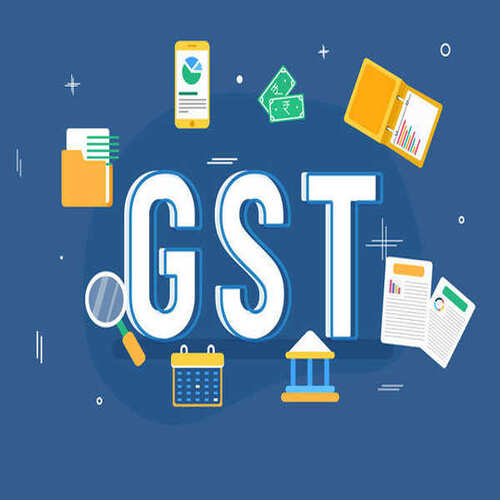Goods and Service Tax – Overview
Home / Goods and Service Tax – Overview
Goods and Service Tax – Overview

Goods and Services Tax (GST) – Overview
Goods and Services Tax (GST) is a unified indirect tax system introduced in India on 1st July 2017, replacing various central and state taxes like VAT, service tax, and excise duty. It is a destination-based tax applied to the supply of goods and services, streamlining the tax structure across the country.
GST is applicable to manufacturers, traders, service providers, freelancers, and e-commerce sellers. It operates under multiple tax slabs and allows Input Tax Credit (ITC), enabling businesses to claim tax paid on purchases against their output tax liability.
At [Your Firm Name], we help businesses stay compliant with all GST requirements — from registration and return filing to audits and departmental notices.
🔹 Key Features of GST:
One Nation, One Tax: Unified structure across goods and services
Multiple Tax Slabs: 0%, 5%, 12%, 18%, and 28%
Input Tax Credit (ITC): Claim tax paid on purchases against output tax
Monthly/Quarterly Filings: GSTR-1, GSTR-3B, GSTR-9, etc.
Applicable to: Manufacturers, traders, service providers, e-commerce sellers, exporters
✅ Why GST Matters for Your Business:
Legal compliance is mandatory
Enables seamless flow of credit
Reduces cascading of taxes
Enhances ease of doing business
Penalties for non-compliance can be severe
📌 GST Applies To:
Manufacturers & Traders
Service Providers & Freelancers
Exporters & Importers
E-commerce Operators
Partnership Firms, LLPs & Companies
✅ Benefits of GST:
Unified tax system across India
Eliminates cascading effect of taxes
Allows seamless input credit
